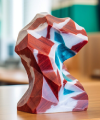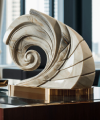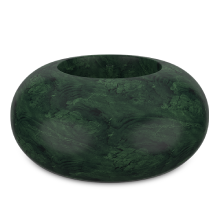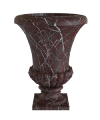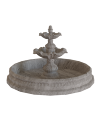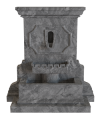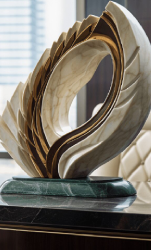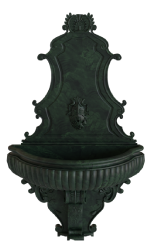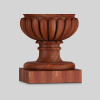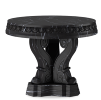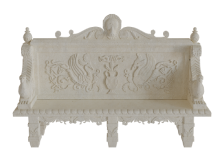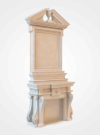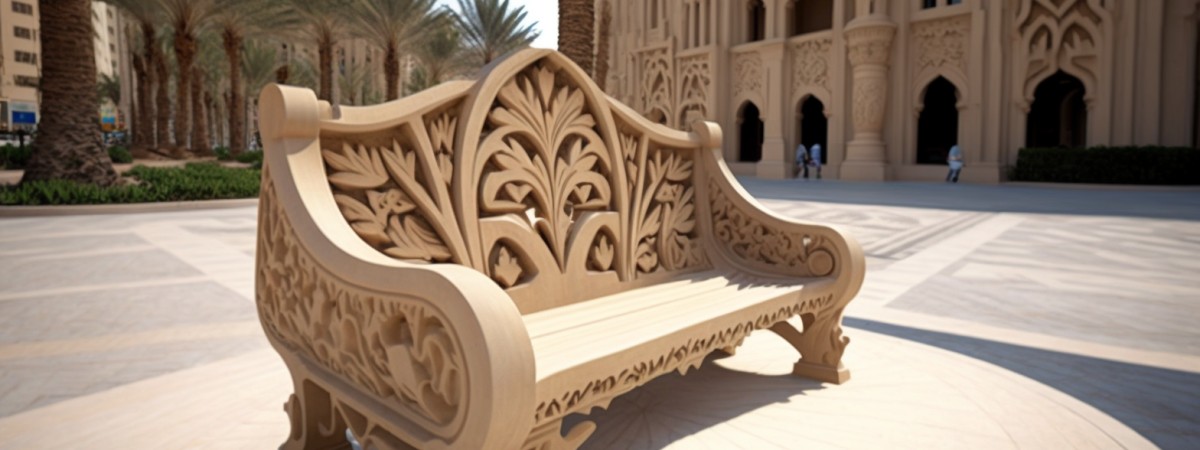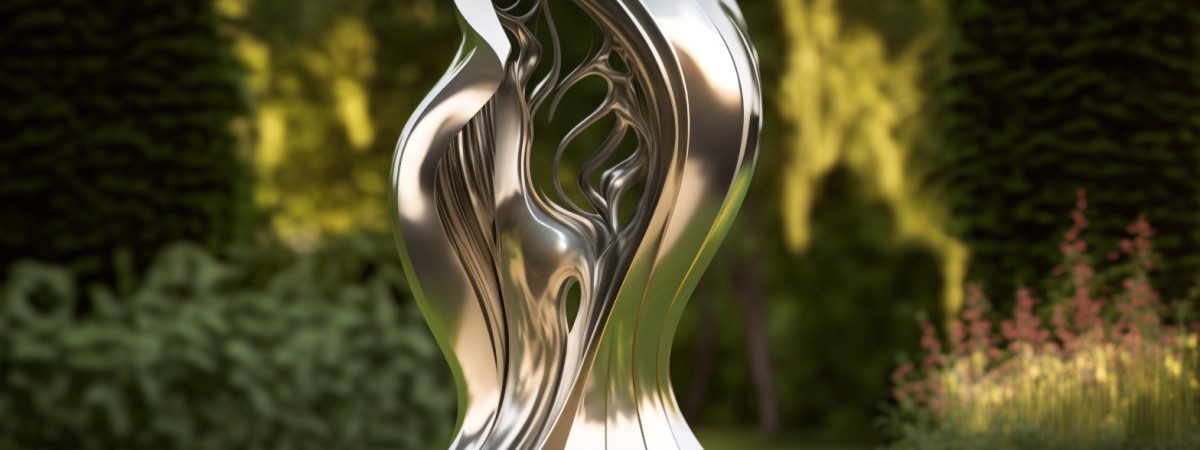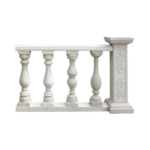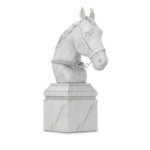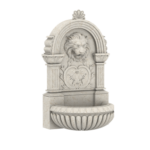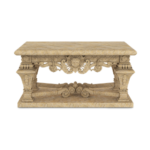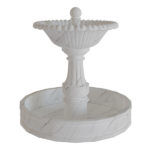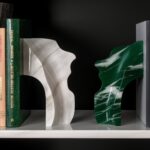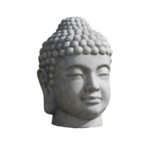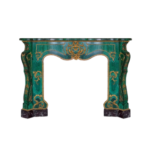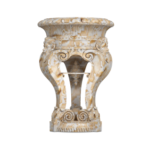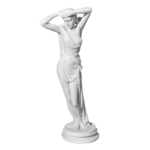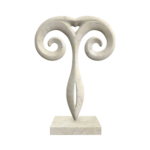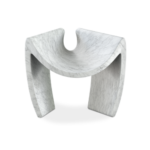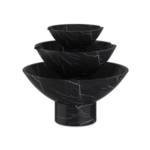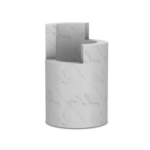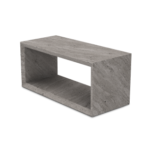July 16, 2021 Author: Admin
Laocoön And His Sons: The Work Of A Lifetime

The passing of Laocoon was broadly portrayed by the infamous marble artwork interpreted by much-appreciated Roman poet, Virgil.
During the Trojan War, the Greeks sent over a colossal Wooden Horse in the disguise of a token of truce and a gift to the temple of Apollo that the Trojans worshipped.
However, while the Trojans believed the horse to be a harmless hollow offering, in reality, Greek soldiers were concealed within the massive figure, waiting to ambush from within the city.
Laocoon became well-known for warning the Trojans, however turned futile, in opposition to accepting the Trojan horse from the Greeks.
Virgil the great Roman poet describes this event in his most renowned work The Aeneid, and offers Laocoon the famous line, “Do not believe the horse, Trojans. Whatever it is, I worry about the Greeks even bearing gifts.”
In a shape of rage, Laocoon thrust his spear into the side of the pony. Even though it hit some Greeks hiding inside the belly of the pony, no person heard the moans and let the equine structure into the gates of Troy.
The Trojans’ fallacy eventually led to the fall of Troy. By way of Laocoon, Poseidon got furious when he moved to help the Trojans and sent sea serpents to strangle him and his sons.

Here we unearth the poetic elements and the dramatics of the Greek tragedy depicted by the sculpture.The statue became a sensation in the 16th century and attracted art lovers and archeologists alike.
The Sculpture portrays the agonizing plight of Laocoon and his sons as they attempt to liberate themselves from the wrenching grip of the serpents, but in vain.
An author from the first century BC, Pliny the Elder, wrote about this statue and attributed the paintings to three Greek sculptors from Rhodes’ island.
Word of the discovery unfolded quickly, and Pope Julius II sent the infamous artist Michelangelo and others to investigate the statue. This finding got here at the perfect time when ancient ideals were ample, and the Renaissance turned into a complete swing.

Pope Julius II demanded the statue for his collection and triumphantly transported the sculpture across Rome’s streets. Romans showered the figure with flower petals, and the Sistine Chapel Choir prepared to serenade the sculpture.
This statue turned into the prize of the century, and everyone knew about it. Many tried to restore the sculpture (Laocoon and his youngest son have been lacking their proper palms), but Michelangelo declined when asked, pronouncing his skills were much less than those of the Greek sculptors.
Instead, Michelangelo studied the sculpture, greatly stimulated it, and incorporated the traits of the statue he favoured most into his sculptures.

And scene!
This statue boasts dexterous artistry and is appreciated widely for how it remarkably mimics human anatomy. The emotions of despair smoothed onto the faces of Laocoon and his sons are exemplary forms of awe-inspiring craftsmanship.
It changed into an excellent statue for the Renaissance, but the theatricality, excessive emotion, and serpentine pose make this Baroque-Esq.
Bernini and Caravaggio might have inspired the furrowed forehead and fantastically emotional pain reflected on the faces of Laocoon and his sons.
Curious to learn more?
Head over to Marblising, and gather more insightful knowledge on the wonders of Marble artistry and how it shone throughout mankind’s history!

